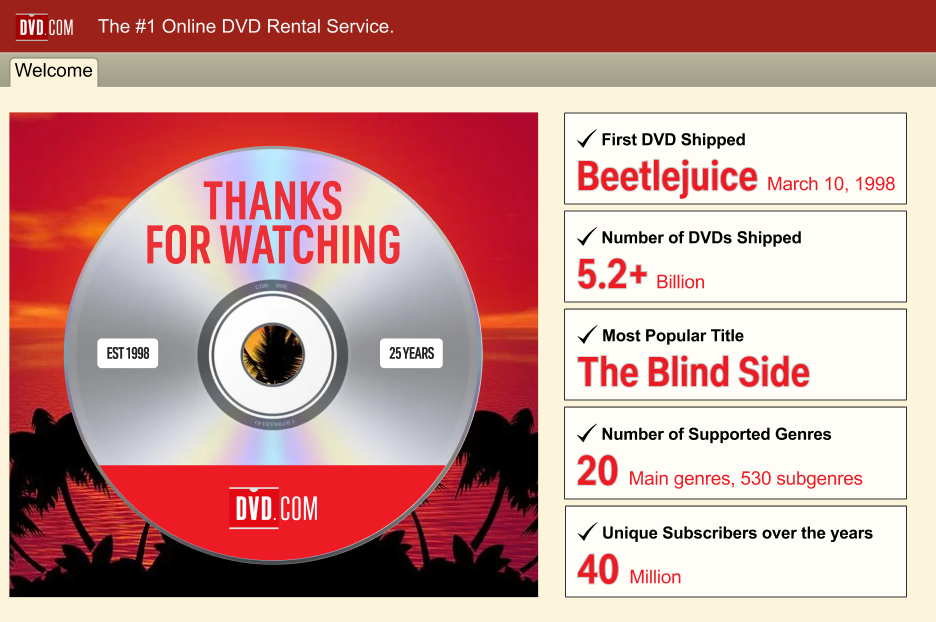
Musicians Are Angry About Venues Taking T-shirt Money (marketwatch.com) 89
The singer known as Tomberlin says their first five years in the music industry may have been a net loss, according to MarketWatch. Selling "merch[andise]" like t-shirts "is what really is covering your costs and hopefully helping you make, like, an actual profit."
And then... After being told she would have to hand over more than 40% of the money she collected from selling T-shirts and other items, Tomberlin refused to sell her merchandise at the venue and publicly spoke about a practice she calls robbery — venues taking cuts from bands' merchandise sales... Other musicians are also speaking out about the practice, and their complaints seem to be having an effect. Industry giant Live Nation Entertainment Inc. announced recently that it would stop collecting merch fees at nearly 80 of the smaller clubs it owns and operates and provide all bands that play at those venues with an additional $1,500 in gas cards and cash.
Musicians who spoke with MarketWatch remain unsatisfied, however. Because of the way the announcement is phrased, many think merch fees at Live Nation clubs are only being paused until the end of the year. The musicians said they also wonder about the roughly 250 other Live Nation concert facilities, as well as the hundreds of venues owned by other companies. A Live Nation spokesperson told MarketWatch the change is "open-ended."
[...] As Tomberlin continues on her current tour, she wonders if she will be able to make a profitable career in music. Of all her ways of earning money, streaming services like Spotify and Apple Music provide "the least amount of money," she said, and with tours not leaving her with any cash at the end, she feels that even modest ambitions are out of reach.
Musician Laura Jane Grace is even soliciting signers for an online petition demanding venues stop taking cuts of the musicians' merchandise sales...
Thanks to Slashdot reader quonset for sharing the news.
And then... After being told she would have to hand over more than 40% of the money she collected from selling T-shirts and other items, Tomberlin refused to sell her merchandise at the venue and publicly spoke about a practice she calls robbery — venues taking cuts from bands' merchandise sales... Other musicians are also speaking out about the practice, and their complaints seem to be having an effect. Industry giant Live Nation Entertainment Inc. announced recently that it would stop collecting merch fees at nearly 80 of the smaller clubs it owns and operates and provide all bands that play at those venues with an additional $1,500 in gas cards and cash.
Musicians who spoke with MarketWatch remain unsatisfied, however. Because of the way the announcement is phrased, many think merch fees at Live Nation clubs are only being paused until the end of the year. The musicians said they also wonder about the roughly 250 other Live Nation concert facilities, as well as the hundreds of venues owned by other companies. A Live Nation spokesperson told MarketWatch the change is "open-ended."
[...] As Tomberlin continues on her current tour, she wonders if she will be able to make a profitable career in music. Of all her ways of earning money, streaming services like Spotify and Apple Music provide "the least amount of money," she said, and with tours not leaving her with any cash at the end, she feels that even modest ambitions are out of reach.
Musician Laura Jane Grace is even soliciting signers for an online petition demanding venues stop taking cuts of the musicians' merchandise sales...
Thanks to Slashdot reader quonset for sharing the news.











